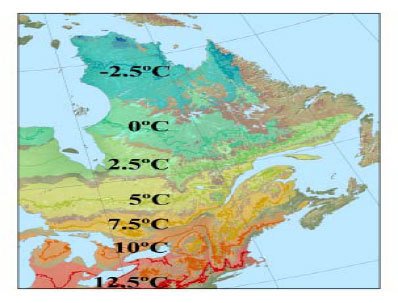Vulnerability of Québec Biodiversity to Climate Change
Yanick Gendreau
December 13th, 12:00 pm in M 137, University of Alberta
The climate change adaptation project in the Application Centre is hosting Yanick Gendreau, a PhD candidate from the University of Quebec, at the University of Alberta campus December 12th & 13th.
We welcome everyone’s attendance to Mr. Gendreau’s public seminar “Vulnerability of Québec Biodiversity to Climate Change” on December 13th at 12:00 pm in M 137 on the U of A campus (abstract below; refreshments provided!).
Mr. Gendreau’s work focusing on the vulnerability of Quebec species at risk to climate change is closely related to work ongoing in the climate change adaptation project and we are looking forward to learning more about it during his visit. Mr. Gendreau’s research is part of CC-Bio, a larger project considering the effects of climate change on biodiversity in Québec.
Abstract
Conservation biologists are now required to assess the impacts of climate change on biodiversity when planning conservation. To do such assessment, they can rely on different methods such as species distribution models (SDMs) or species vulnerability assessments (SVAs). Because SDMs and SVAs give different clues about the potential impacts of climate change on biodiversity, it is more rigorous for conservation managers to build adaptation assessments on both types of analyses. NatureServe, a non-profit conservation organization, has designed and made public a tool that uses both analyses in a single template, the Climate Change Vulnerability Index (CCVI). We assessed the vulnerability of 314 species (amphibians, birds, trees, and herbaceous plants) using the CCVI and tested if there was a difference in vulnerability between taxonomic groups. We also tested whether there was spatial heterogeneity in the vulnerability of species to climate change in Quebec, as this would greatly help conservation managers to target their efforts. As the strength of the CCVI lies in its integration of the SVA approach with outputs of SDMs, we compared CCVI results obtained with and without integrating SDMs. Our hope is that this case study will inform regional conservation and stimulate further development of the approach.

